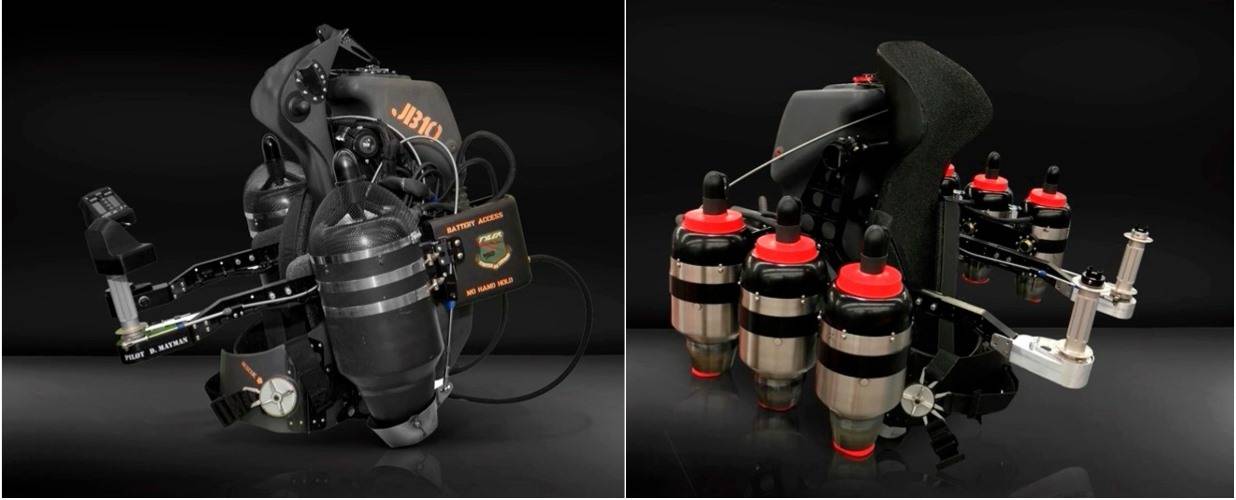Terms
- implantable medical devices (IMDs)
- invasive brain-computer interfaces (iBCI)
- modulation
- D- differential
- Q- quadrature
- phase-locked loops (PLL)
- What is pulse delay modulation?
- What does cross coupling in a circuit mean?
- What does direct coupling in a circuit mean?
- i.e., k
- What are typically high data rates?
- What-is-pulse-delay-modulation-PDM-intuitively-compared-to-more-conventional-digital-modulation-techniques
In PDM, a pattern of narrow pulses are transmitted at precise time delays for each data bit through an inductive link to initiate a short oscillatory pattern across the receiver (Rx) data coil. This oscillation shifts the zero-crossings of the undesired sinusoidal power carrier interference on the Rx data coil, resulting in a phase shift between the Rx power and data signals, from which the data bit stream can be recovered. We describe the PDM theoretical foundation and demonstrate its operation via post-layout simulation of a PDM transceiver, designed in a 0.35-µm standard CMOS process, using a realistic inductive link model. The PDM transceiver is expected to achieve a data rate of 13.56 Mbps at 1 cm data coils separation with up to 2 mm misalignment while delivering >250 mW through an orthogonal power transmission link to an implantable medical device.
Modulation
- carrier-less modulation technique
- saves the power and space needed for filtering out the power carrier interference
Related
→ TTL vs CMOS
2015 - A 13.56-Mbps Pulse Delay Modulation Based Transceiver for Simultaneous Near-Field Data and Power Transmission
Abstract—A fully-integrated near-field wireless transceiver has been presented for simultaneous data and power transmission across inductive links, which operates based on pulse delay modulation (PDM) technique. PDM is a low-power carrier-less modulation scheme that offers wide bandwidth along with robustness against strong power carrier interference, which makes it suitable for implantable neuroprosthetic devices, such as retinal implants.
To transmit each bit, a pattern of narrow pulses are generated at the same frequency of the power carrier across the transmitter (Tx) data coil with specific time delays to initiate decaying ringing across the tuned receiver (Rx) data coil. This ringing shifts the zero-crossing times of the undesired power carrier interference on the Rx data coil, resulting in a phase shift between the signals across Rx power and data coils, from which the data bit stream can be recovered. A PDM transceiver prototype was fabricated in a 0.35- standard CMOS process, occupying 1.6 . The transceiver achieved a measured 13.56 Mbps data rate with a raw bit error rate (BER) of at 10 mm distance between figure-8 data coils, despite a signal-to-interference ratio (SIR) of 18.5 dB across the Rx data coil. At the same time, a class-D power amplifier, operating at 13.56 MHz, delivered 42 mW of regulated power across a separate pair of high-Q power coils, aligned with the data coils. The PDM data Tx and Rx power consumptions were 960 pJ/bit and 162 pJ/bit, respectively, at 1.8 V supply voltage.
Index Terms—Implantable medical devices, impulse radio, inductive coupling, near-field transceiver, neuroprostheses, pulse delay modulation, wireless power transmission.






/https://public-media.smithsonianmag.com/filer/0d/ae/0dae914d-7b47-447b-bfdb-77ae93db34b9/jun2015_b01_nationaltreausre.jpg)


